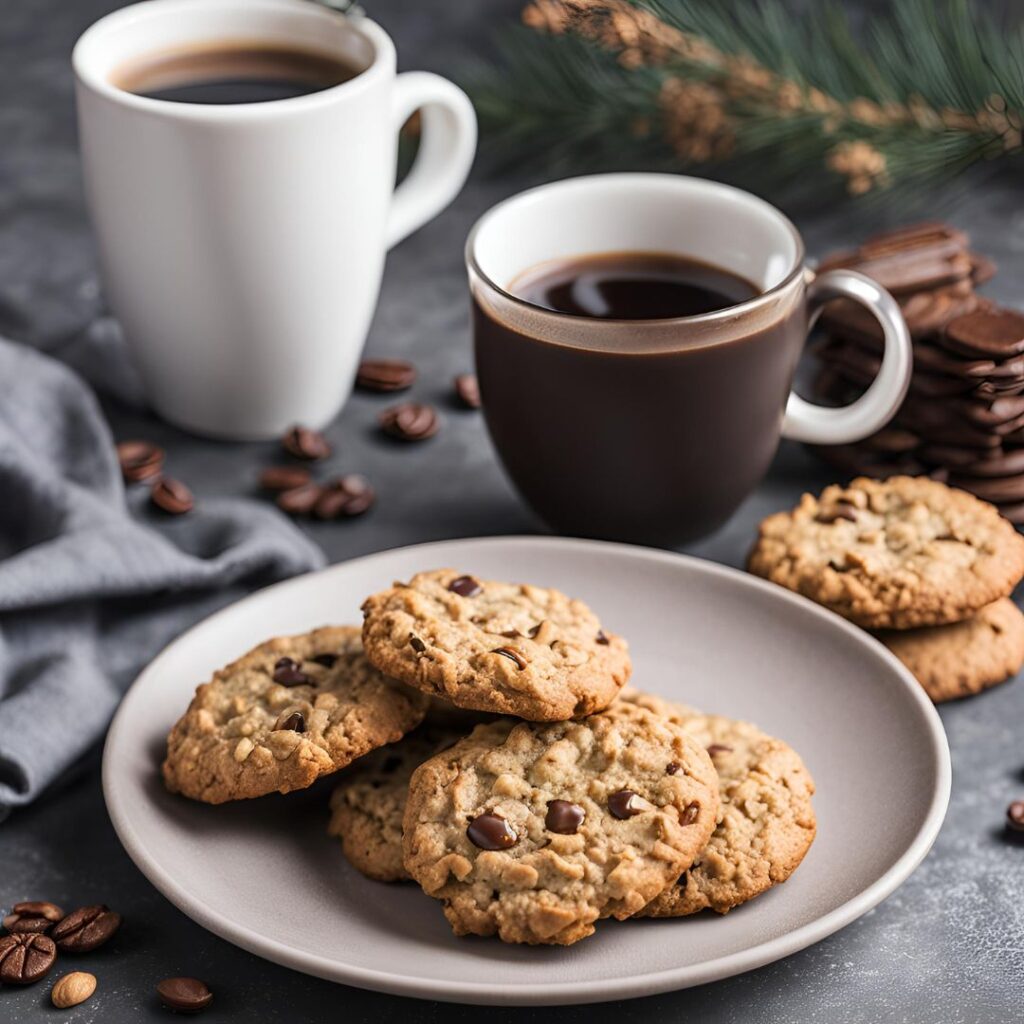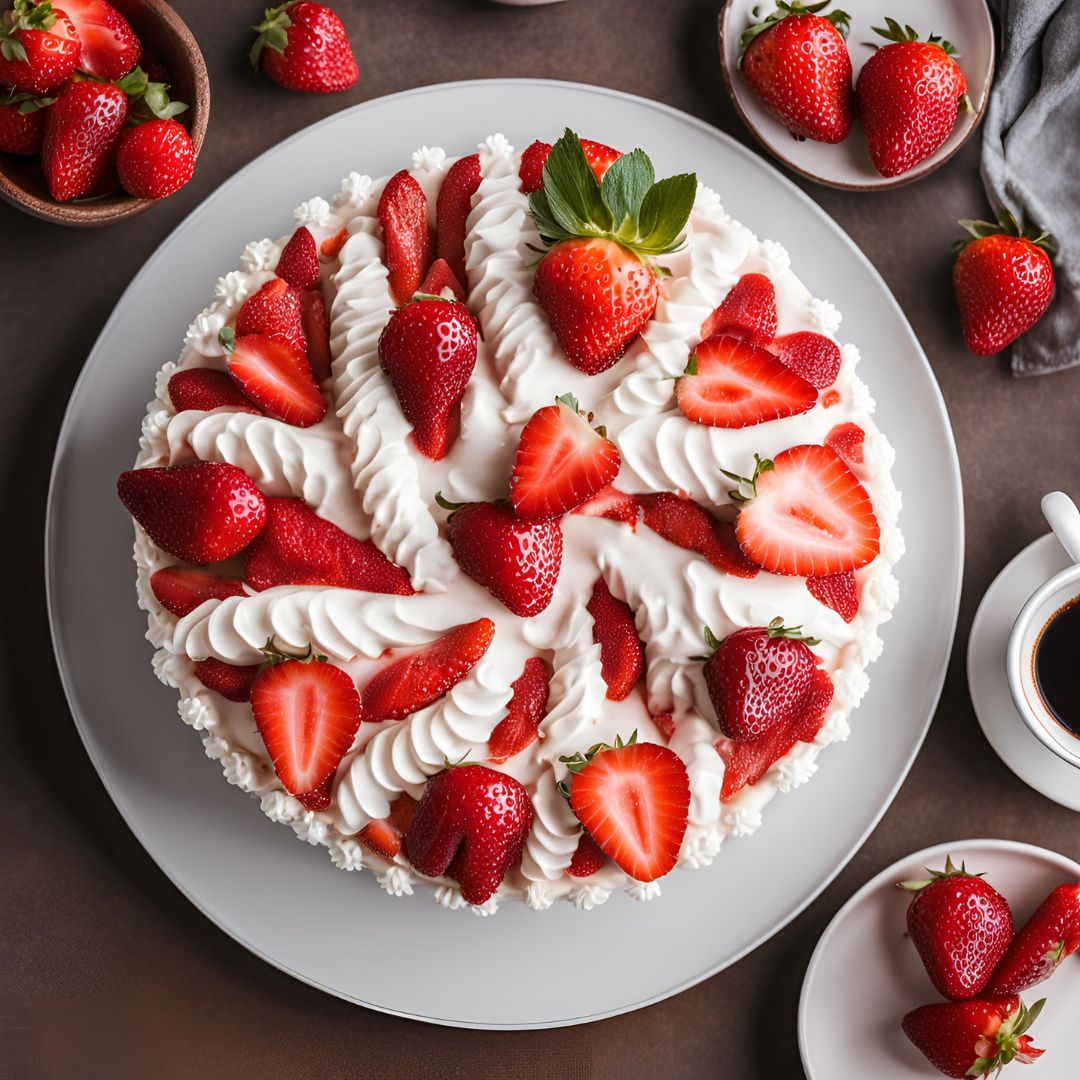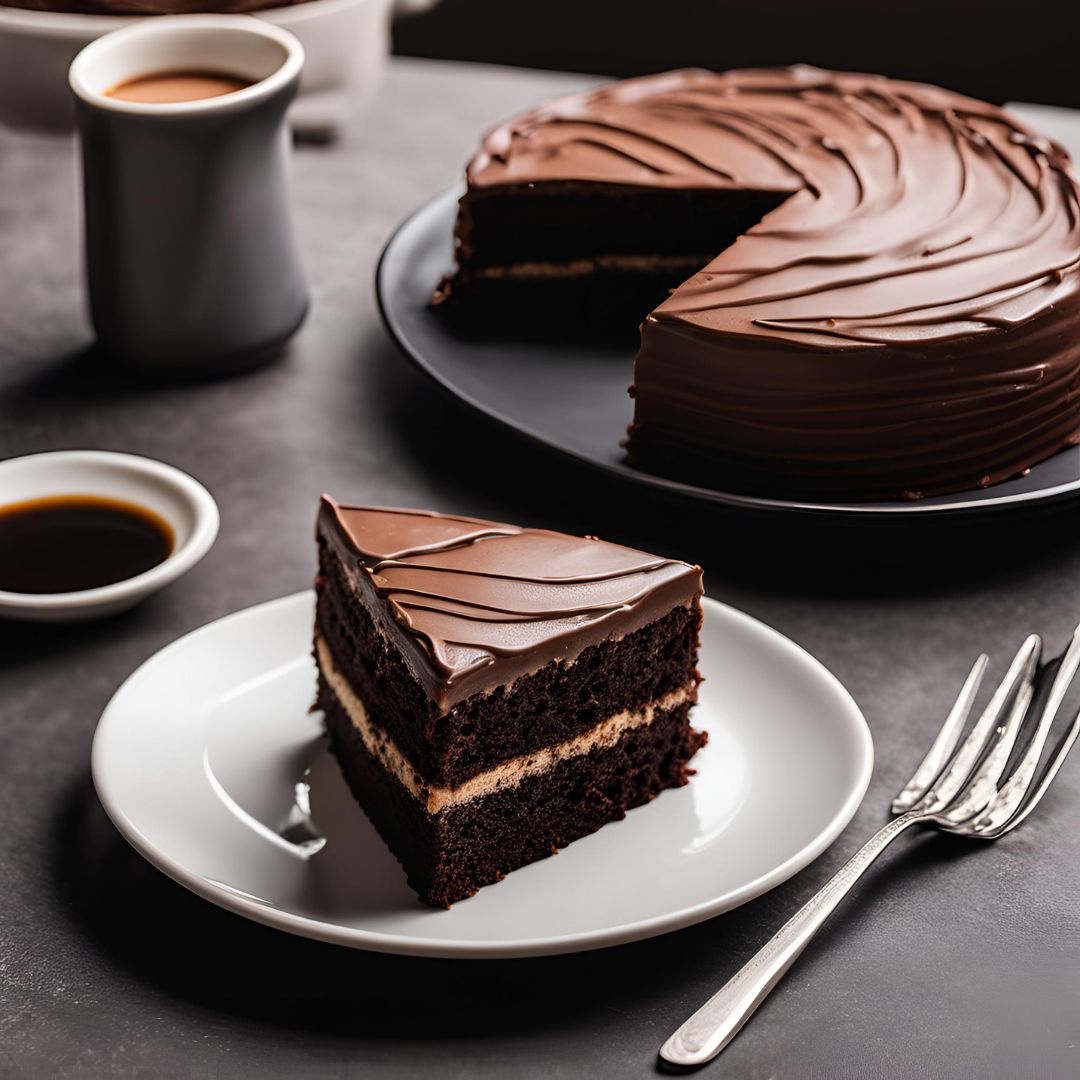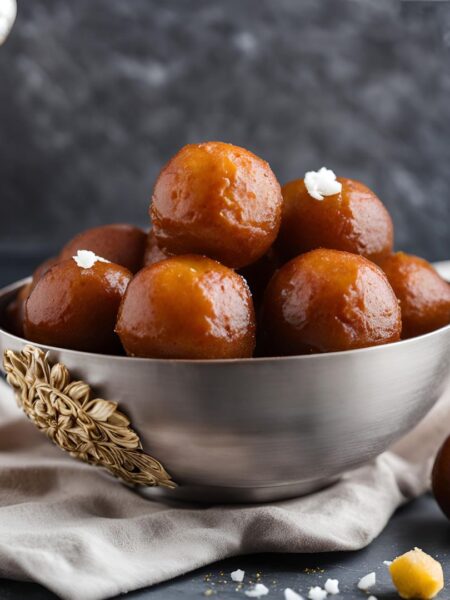Oatmeal Cookies Recipe : A Sweet Journey Through History and Flavor. When it comes to the world of cookies, few varieties evoke the same sense of nostalgia and comfort as oatmeal cookies. With their hearty texture, rich flavor, and versatility, oatmeal cookies have earned their place in the pantheon of beloved baked goods. Whether enjoyed as a snack, dessert, or even a breakfast treat, these cookies have a storied history that is as rich as their flavor. In this article, we’ll explore the origins of oatmeal cookies, the science behind their unique texture, and a step-by-step guide to creating your own batch of these delightful treats.
A Brief History of Oatmeal Cookies
Oatmeal cookies have a fascinating history that traces back to the late 19th century. While oats have been a staple in human diets for centuries, their incorporation into cookies was largely a result of the growing popularity of oatmeal as a health food. The Industrial Revolution introduced new methods of processing grains, making oats more accessible to the general public. By the late 1800s, recipes for oatmeal cookies began to emerge, often featuring simple ingredients that were readily available in most households.
One of the most notable recipes appeared in the 1900 edition of The Boston Cooking-School Cook Book by Fannie Farmer, which included a recipe for “oatmeal cookies.” This marked a significant moment in cookie history, as it highlighted the versatility of oats and showcased their potential in baked goods. The inclusion of oats provided a wholesome alternative to traditional cookies, offering not just flavor but also a nutritional boost.
Oatmeal cookies gained further popularity during the 1930s when the Quaker Oats Company began promoting their oatmeal as a versatile ingredient in various recipes, including cookies. The company’s marketing campaigns emphasized the health benefits of oats, positioning oatmeal cookies as a wholesome choice. This marketing effort was instrumental in making oatmeal cookies a household favorite, leading to countless variations and adaptations over the years.
The Allure of Oatmeal Cookies
What sets oatmeal cookies apart from their cookie counterparts is their unique texture and flavor profile. Oats lend a chewy quality that pairs beautifully with the sweetness of brown sugar and the richness of butter. This combination creates a cookie that is both satisfying and comforting. The addition of various mix-ins, such as raisins, chocolate chips, or nuts, adds complexity to the flavor, allowing bakers to customize the cookies to their liking.
Another appealing aspect of oatmeal cookies is their versatility. They can be enjoyed in a variety of ways: as a quick snack, a comforting dessert, or even paired with a cup of coffee or tea. The heartiness of the oats makes them an ideal choice for those seeking a more substantial treat. Some even argue that the presence of oats elevates them to a healthy snack, especially when made with wholesome ingredients.
The Science Behind Oatmeal Cookies
Baking is as much a science as it is an art. Understanding the ingredients that contribute to the perfect oatmeal cookie can help you create a batch that is truly exceptional. Here’s a closer look at the key components:
1. Oats
The star ingredient in oatmeal cookies, oats provide structure, texture, and flavor. Using old-fashioned rolled oats is ideal for achieving a chewy texture, while quick oats can produce a softer cookie. The type of oats you choose can significantly affect the final outcome, so it’s worth experimenting with both to find your preference.
2. Flour
All-purpose flour is commonly used in oatmeal cookies, providing the necessary structure for the cookie. The right balance of flour to oats is crucial; too much flour can lead to a dry cookie, while too little can result in a crumbly texture. It’s important to measure the flour accurately to ensure the best results.
3. Sugar
A combination of brown sugar and granulated sugar is often used in oatmeal cookies. Brown sugar adds moisture and a rich caramel flavor, while granulated sugar contributes to the cookie’s crispness. Adjusting the ratio of these sugars can lead to different textures and flavors, allowing for creativity in the baking process.
4. Butter
Butter is essential for flavor and texture. Using unsalted butter allows you to control the salt content in the recipe. The temperature of the butter is also critical; softened butter incorporates air into the dough, resulting in a light and tender cookie. Melting the butter can lead to denser cookies, which may be preferable for some.
5. Eggs
Eggs serve as a binding agent, providing moisture and structure to the cookies. The number of eggs used can affect the texture; using one egg yields a denser cookie, while adding an extra yolk can create a richer flavor and a softer texture.
6. Baking Soda and Salt
Baking soda acts as a leavening agent, helping the cookies rise and creating a tender texture. The addition of salt enhances the flavors of the other ingredients, balancing the sweetness of the sugars.
7. Mix-ins
The beauty of oatmeal cookies lies in their adaptability. Raisins, chocolate chips, nuts, or even dried fruit can be added to create your own unique twist. The choice of mix-ins can significantly alter the flavor and texture of the cookies, allowing for endless experimentation.
The Joy of Baking Oatmeal Cookies
Baking oatmeal cookies is not just about creating a delicious treat; it’s an experience filled with joy and creativity. The process of measuring ingredients, mixing dough, and shaping cookies can be a form of relaxation and self-expression. Whether you’re baking solo or sharing the experience with family and friends, the act of making cookies can be both therapeutic and rewarding.
Additionally, oatmeal cookies are perfect for sharing. They make great gifts for friends and neighbors or a sweet addition to gatherings and parties. The simple act of sharing homemade cookies can create connections and foster a sense of community, making them a beloved treat for any occasion.
Conclusion
Oatmeal cookies are more than just a delightful treat; they represent comfort, creativity, and the joy of sharing. With a rich history and a unique flavor profile, these cookies have stood the test of time and continue to be a favorite in kitchens around the world. By understanding the science behind the ingredients and following this classic recipe, you can create your own batch of delicious oatmeal cookies that will surely become a cherished staple in your home. So gather your ingredients, preheat your oven, and embark on a baking adventure that promises sweet rewards. Happy baking!
Ingredients for Oatmeal Cookies Recipe
- 1 cup unsalted butter, softened
- 1 cup brown sugar, packed
- 1/2 cup granulated sugar
- 2 large eggs
- 1 teaspoon vanilla extract
- 1 1/2 cups all-purpose flour
- 1 teaspoon baking soda
- 1/2 teaspoon salt
- 3 cups rolled oats (old-fashioned or quick oats)
- 1 cup raisins or chocolate chips (optional)
- 1/2 cup chopped nuts (e.g., walnuts or pecans, optional)
Cooking Instructions: Oatmeal Cookies Recipe
Step 1: Preheat the Oven
Preheat your oven to 350°F (175°C). Line baking sheets with parchment paper or silicone baking mats.
Step 2: Cream Butter and Sugars
In a large mixing bowl, beat the softened butter, brown sugar, and granulated sugar until the mixture is light and fluffy.
Step 3: Add Eggs and Vanilla
Beat in the eggs one at a time, then stir in the vanilla extract.
Step 4: Mix Dry Ingredients
In a separate bowl, whisk together the flour, baking soda, and salt. Gradually add the dry ingredients to the wet mixture, stirring until just combined.
Step 5: Fold in Oats and Mix-Ins
Stir in the rolled oats, along with any optional mix-ins like raisins, chocolate chips, or nuts.
Step 6: Scoop and Bake
Drop rounded tablespoons of dough onto the prepared baking sheets, spacing them about 2 inches apart. Bake in the preheated oven for 10-12 minutes, or until the edges are lightly golden but the centers are still soft.
Step 7: Cool
Remove the cookies from the oven and let them cool on the baking sheets for about 5 minutes before transferring them to wire racks to cool completely.
Total Cooking Time Breakup: Oatmeal Cookies Recipe
- Preparation Time: 15-20 minutes
- Baking Time: 10-12 minutes
- Cooling Time: 5-10 minutes
Total Time: Approximately 30-45 minutes
This recipe yields 24 cookies, depending on the size you scoop them.
Some More Interesting Recipes –
- Peanut Butter Cookies Recipe
- Pumpkin Chocolate Chip Cookies Recipe
- Chocolate Chocolate Chip Cookies Recipe
- Chocolate Chip Cookies Recipe
- Banana Bread Recipe
- Cinnamon Rolls Recipe
- Pumpkin Bread Recipe
- Zucchini Bread Recipe
Frequently Asked Questions (FAQs) for Oatmeal Cookies Recipe
1. What type of oats should I use for this recipe of oatmeal cookies?
For this recipe of oatmeal cookies, old-fashioned rolled oats are ideal as they provide a chewy texture. Quick oats can also be used for a softer cookie, but avoid instant oats, as they may result in a mushy consistency.
2. Can I substitute butter with margarine or oil for this Oatmeal Cookies Recipe?
Yes, for this recipe of Oatmeal Cookies you can substitute butter with margarine or oil, but it may alter the flavor and texture slightly. If using margarine, opt for stick margarine rather than spreadable for better results.
3. Can I make oatmeal cookies without eggs using this recipe?
Yes, using this recipe of Oatmeal Cookies you can make egg-free oatmeal cookies! Substitute each egg with a flaxseed egg (1 tablespoon of ground flaxseed mixed with 2.5 tablespoons of water) or use applesauce (1/4 cup per egg) for moisture and binding.
4. How do I keep my oatmeal cookies chewy using this recipe?
To keep your oatmeal cookies chewy using this recipe, use more brown sugar than granulated sugar, slightly underbake them so they remain soft in the center, and make sure to use old-fashioned oats.
5. Why are my oatmeal cookies spreading too much?
Cookies may spread too much due to warm butter, overmixing the dough, or insufficient flour. Ensure your butter is softened but not melted, and consider chilling the dough for 30 minutes before baking.
6. Can I freeze oatmeal cookie dough with this recipe?
Yes, with this recipe you can freeze oatmeal cookie dough! Scoop the dough into balls, freeze them on a baking sheet, then transfer the frozen dough balls to an airtight container or freezer bag. Bake directly from frozen, adding a minute or two to the baking time.
7. How should I store leftover oatmeal cookies?
Store baked oatmeal cookies in an airtight container at room temperature for up to a week. For longer storage, place them in the freezer in an airtight container for up to three months.
8. Can I add mix-ins to this recipe of oatmeal cookies?
Absolutely! Oatmeal cookies recipes are highly customizable. You can add raisins, chocolate chips, nuts, or even dried fruits like cranberries or apricots for extra flavor and texture.
9. What can I use instead of flour for gluten-free oatmeal cookies in this recipe?
For gluten-free oatmeal cookies, substitute all-purpose flour with a gluten-free flour blend in the recipe. Ensure that your oats are certified gluten-free, as cross-contamination can occur during processing.
10. Why did my cookies turn out dry?
Dry cookies may result from overbaking or using too much flour. Make sure to measure your flour accurately, and check the cookies a minute or two before the recommended baking time.
11. Can I use brown sugar instead of granulated sugar in this Oatmeal Cookies Recipe?
Yes, in this Oatmeal Cookies Recipe you can use brown sugar instead of granulated sugar, but it will change the texture and flavor. Using all brown sugar will result in chewier cookies, while using all granulated sugar will make them crisper.
12. How do I get my oatmeal cookies to be thicker with this recipe?
To make thicker oatmeal cookies in this recipe, chill the dough before baking, increase the amount of flour slightly, or reduce the butter. You can also add an extra egg yolk for added structure.
Oatmeal Cookies Recipe
Oatmeal cookies are more than just a delightful treat; they represent comfort, creativity, and the joy of sharing. With a rich history and a unique flavor profile, these cookies have stood the test of time and continue to be a favorite in kitchens around the world. By understanding the science behind the ingredients and following this classic recipe, you can create your own batch of delicious oatmeal cookies that will surely become a cherished staple in your home. So gather your ingredients, preheat your oven, and embark on a baking adventure that promises sweet rewards. Happy baking!

Ingredients for Oatmeal Cookies Recipe
Cooking Instructions: Oatmeal Cookies Recipe
Step 1: Preheat the Oven
- Preheat your oven to 350°F (175°C). Line baking sheets with parchment paper or silicone baking mats.
Step 2: Cream Butter and Sugars
- In a large mixing bowl, beat the softened butter, brown sugar, and granulated sugar until the mixture is light and fluffy.
Step 3: Add Eggs and Vanilla
- Beat in the eggs one at a time, then stir in the vanilla extract.
Step 4: Mix Dry Ingredients
- In a separate bowl, whisk together the flour, baking soda, and salt. Gradually add the dry ingredients to the wet mixture, stirring until just combined.
Step 5: Fold in Oats and Mix-Ins
- Stir in the rolled oats, along with any optional mix-ins like raisins, chocolate chips, or nuts.
Step 6: Scoop and Bake
- Drop rounded tablespoons of dough onto the prepared baking sheets, spacing them about 2 inches apart. Bake in the preheated oven for 10-12 minutes, or until the edges are lightly golden but the centers are still soft.
Step 7: Cool
- Remove the cookies from the oven and let them cool on the baking sheets for about 5 minutes before transferring them to wire racks to cool completely.





